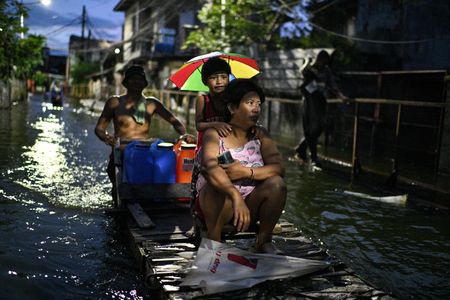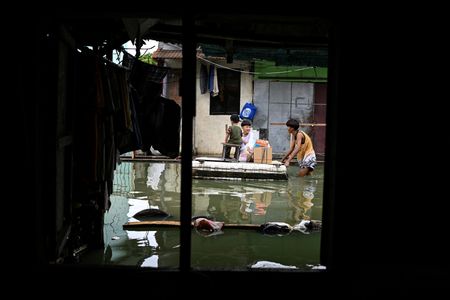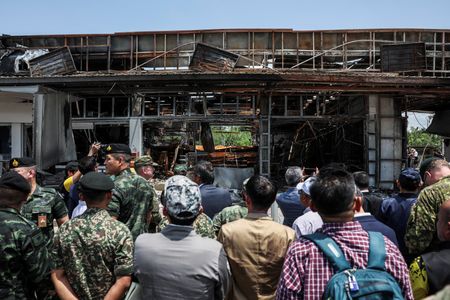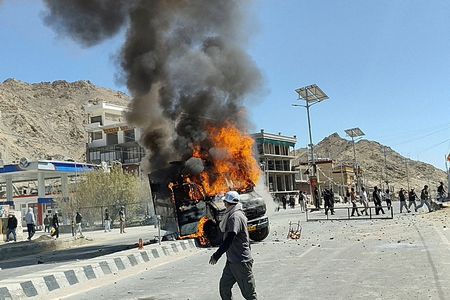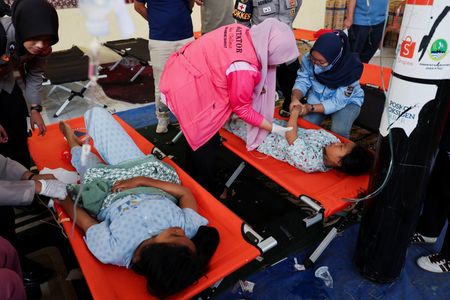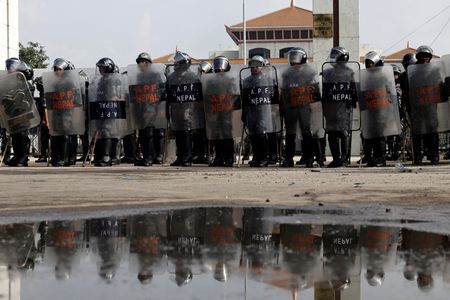MANILA (Reuters) -The death toll from a tropical storm that swept across the central Philippines and southern Luzon has risen to 10, disaster officials said on Friday, as the country’s north continued to recover from the impact of a super typhoon.
Government work and classes in many parts of the country, including in Metro Manila, were suspended ahead of Tropical Storm Bualoi. It struck just a few days after Super Typhoon Ragasa left a trail of damage in the northern Philippines, killing 14 people before wreaking havoc in Taiwan, where at least 15 people died.
The latest storm made landfall in Eastern Samar, in the central Philippines, before crossing into Masbate and sweeping through the Bicol region in the southern part of the country’s biggest island Luzon.
Disaster officials said three of the fatalities were in Masbate province. One was hit by a falling tree, another drowned, while the third was killed when a wall collapsed.
Seven others died in the central Philippines following flash floods and storm surges triggered by the storm, the Office of the Civil Defence said.
Masbate Governor Antonio Kho, in a media briefing, appealed for immediate assistance from the central government, citing the urgent need to clear debris, restore power and reopen ports to allow the delivery of aid.
In other parts of southern Luzon, local officials reported heavy rain and wind, power outages and damage to crops and infrastructure.
Ahead of Bualoi, named Opong locally, hundreds of thousands of people were preemptively evacuated, including Manila resident JC Borromeo, who was staying in an evacuation centre with his three children.
“We live just by the corner of the river and it would be difficult when the water rises,” he said while carrying his baby.
Bualoi, packing maximum wind speeds of 110 kph (68 mph) and gusts rising to 135 kph, is forecast to intensify into a typhoon again as it moves towards Vietnam.
The Vietnamese government said the fast-moving storm would hit the country’s northern and central coast on Monday, triggering torrential rain from September 28 to September 30.
“Heavy rains could cause serious flooding in low-lying areas, as well as urban and industrial areas,” the national weather agency said in a statement on Friday.
Rainfall in several parts could reach 150 millimetres (6 inches) within the next 24 hours, according to the agency.
(Reporting by Karen Lema and Adrian Portugal in Manila; Additional reporting by Khanh Vu in Vietnam; Editing by David Stanway and Alex Richardson)




